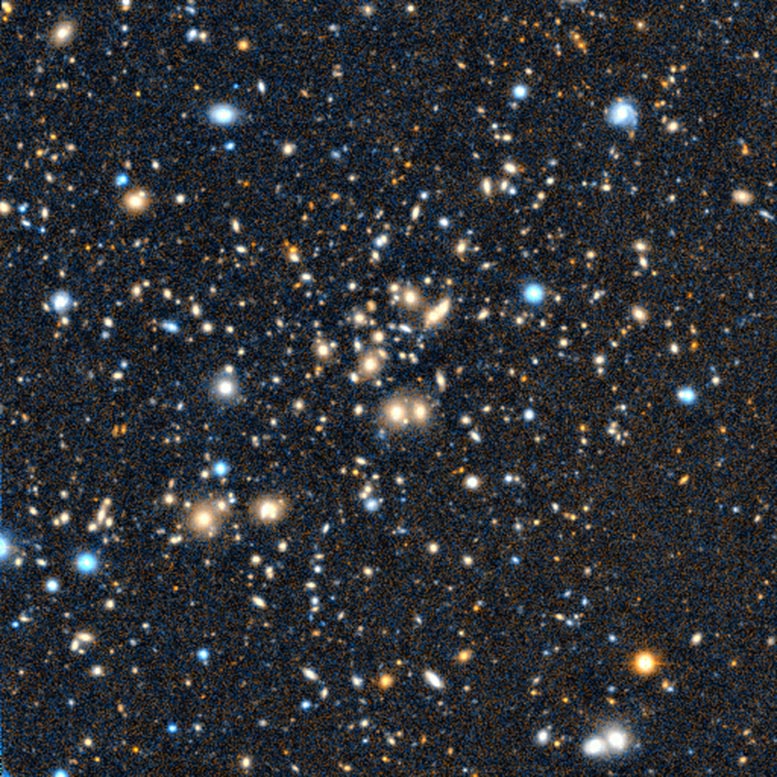
An optical image of the cluster of galaxies Abell 959. Radio images of this cluster identify several giant structures produced by hot gas, consistent with excitation by extensive shocks. Credit: ALFOSCCCD camera at the 2.56-m Nordic Optical Telescope on La Palma Håkon Dahle, Ragnvald Irgens, and Per B. Lilje, with some additional contributions from Gerbs Bauer, Doug Clowe, and Henning Holen
Most galaxies lie in clusters containing from a few to thousands of objects. Our Milky Way, for example, belongs to the Local Group, a cluster of about fifty galaxies whose other large member is the Andromeda galaxy about 2.3 million light-years away. Clusters are the most massive gravitationally bound objects in the universe and form (according to current ideas) in a “bottoms-up” fashion with smaller structures developing first and larger groupings assembling later in cosmic history.
Astronomers have detected massive clusters of galaxies, some with more mass than a hundred Milky Way galaxies, dating from as early as only about three billion years after the big bang, and their stars had to form at even earlier times. In the present-day Universe, clusters are still forming through hierarchical processes like major mergers with neighboring clusters. Astronomers are working to better understand cluster formation and evolution in part because the details will also help to constrain cosmological parameters and the properties of dark matter.
CfA astronomer Felipe Andrade-Santos was a member of a team that studied Abell 959, a galaxy cluster whose mass is that of about 3000 Milky-Way galaxies and which lies about three billion light-years away. All of the processes important to the formation of clusters like Abell 959 dissipate energy through shocks. Processes include, for example, mergers, mass accretion, and phenomena related to their supermassive black hole nuclei. Those shocks in turn produce large-scale diffuse emission features as electrons in the hot gas are accelerated and radiated, and these structures (called radio relics) can be studied with radio telescopes. Gas turbulence in the post-merger cluster also produces radio features — these are called giant radio halos. Abell 959 hosts one radio relic over twelve hundred light-years in length and five hundred in width, and also a giant radio halo.
The scientists analyzed the Abell 959 structures and compared them with an analysis of about eighty other known radio halo systems to test and refine competing theories of cluster evolution. They find that the current model of turbulent re-acceleration of electrons is consistent with their results, and moreover, those new simulations of cluster formation are in good agreement with their observations. Their results overall strengthen our confidence in models of how massive galaxy clusters form.
Reference: “A Massive Cluster at z = 0.288 Caught in the Process of Formation: The Case of Abell 959” by L. Bîrzan, D. A. Rafferty, R. Cassano, G. Brunetti, R. J. van Weeren, M. Brüggen, H. T. Intema, F. de Gasperin, F. Andrade-Santos, A. Botteon, H. J. A. Rottgering and T. W. Shimwell, 28 May 2019, MNRAS 487, 4775, 2019.
DOI: 10.1093/mnras/stz1456

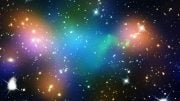
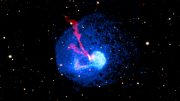

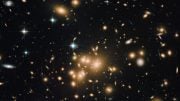
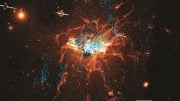

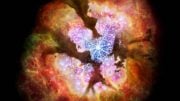
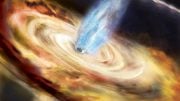
Be the first to comment on "Massive Galaxy Cluster Abell 959 Is 3,000 Times the Mass of Milky-Way"